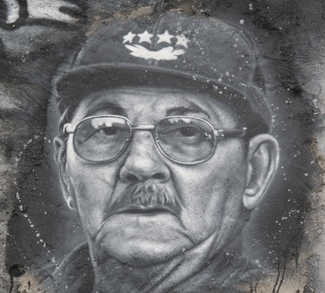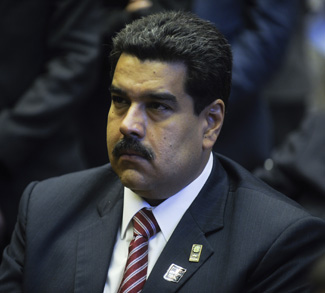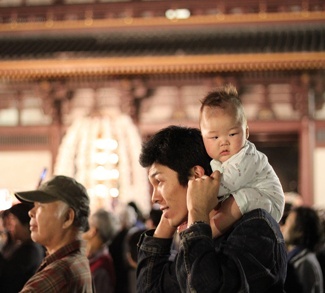China’s influence has proven essential in shuffling alliances and strategies in the Middle East and its thirst for energy has helped put pressure on the 5+1 powers, especially the United States, to be serious about enrolling Iran in a sanction lifting process based on its renunciation of nuclear weapons. China has also helped to encourage détente between the United States and Cuba, even if in a less direct manner.
The ideological and symbolic leader of anti-US resistance in the Latin America, Cuba had become the key to re-opening a diplomatic path for Washington in the region. The embargo on the island had taken its toll on bilateral relations, also becoming an obstacle between the United States and other Latin American countries. For years the region has taken a strong stance and demanded Cuba’s reintegration into the inter-American system. Any initiatives aimed at establishing ties with Castro’s regime would also be favorable to creating dialogue conditions with the rest of the region, including antagonistic countries like Ecuador, Bolivia, and Venezuela. The Panama Summit of last month was successful for President Obama not only because it achieved the “must-have” photo-op with Castro and a joint press conference, but also because it unveiled a new beginning in US relations with Latin America and the Caribbean, isolating Venezuela’s president Maduro and ‘Chavismo,’ just as his Bolivarian government begins to lose regional and national support.




